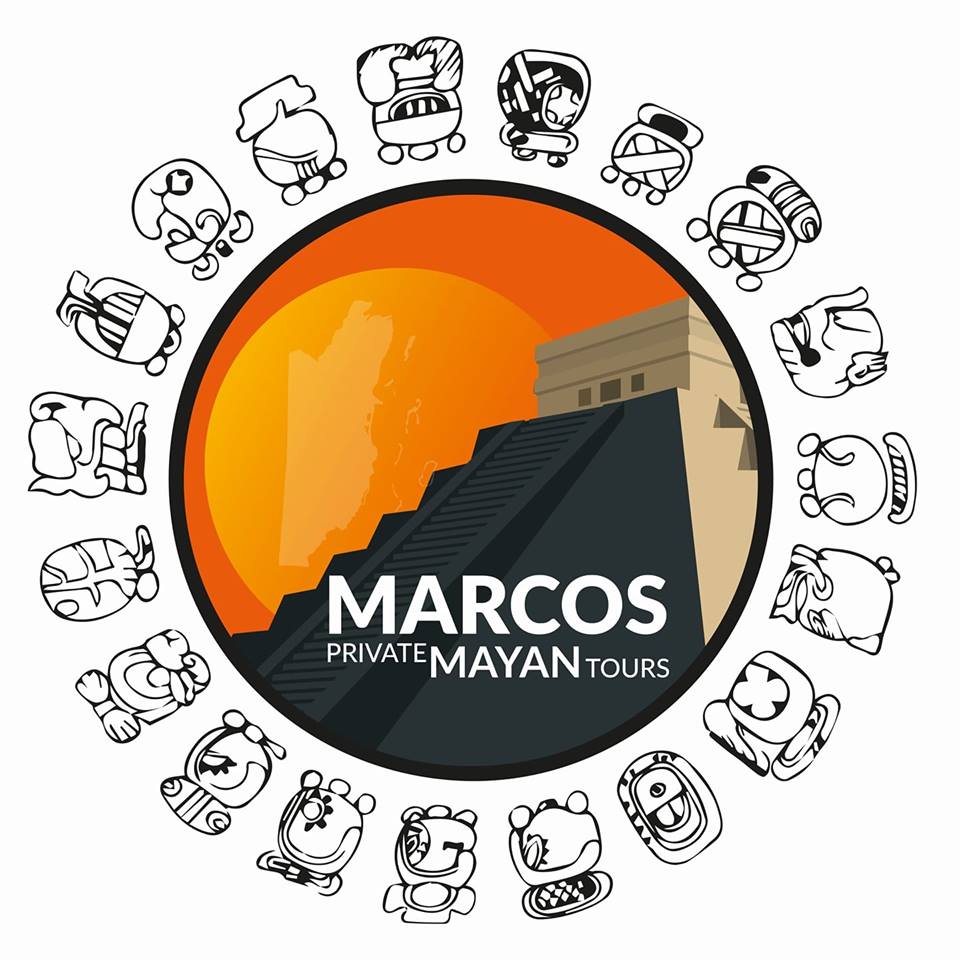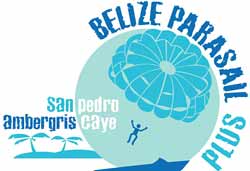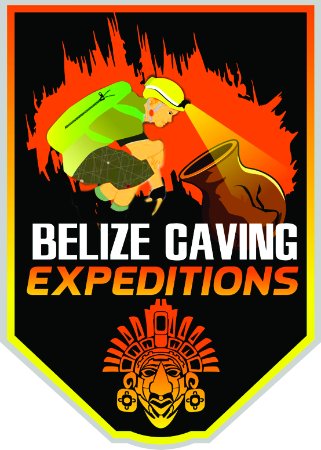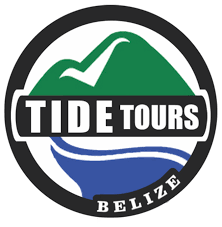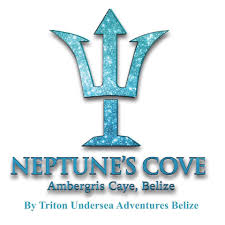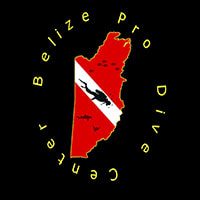|
Known Locally as Gibnut or the "Royal Rat" Agouti Paca (aka gibnut & the Royal Rat), there are two species of this South American rodent, with piglike bodies, large heads, and swollen cheeks. It got the nickname "the Royal Rat", ever since the British press got ahold of the fact, that this delicacy was served to the Queen of England when she visited. The Gibnut is from the rodent family, although tastes similar to rabbit; which is a popular food in Europe. DESCRIPTION The Agouti (ah GOO tee) is a rodent in the Central & South American rainforests that looks a bit like a really large guinea pig. Its coarse hair is covered with an oily (and stinky!) substance that acts like a raincoat. The hair is longest on its rump. The Paca has a stumpy tail (though hard to see), that is hidden benath their rump hairs. Paca's weight about 13 to 31 pounds, and have a body length of about 24 to 31 inches. They are the 3rd & 4th larges rodents in the world (similar to a guinea pig). Their flanks are characteristically patterned with four to seven horizontal lines of pale blotches and stripes. They have short ears, large eyes and long whiskers, and their bodies are stout, with large rumps and short limbs. The legs are long and, though sturdy, appear almost too dainty for such a chunky animal. There are four toes on the forefoot and five on the hind (two of which are short and rarely touch the ground). It walks on its toes, not flat-fotted like many rodents, giving the Agouti a dainty look. Both are adapted to swift movement with toes that are broad, down-pointing, and powerful, and stout nails that resemble small hooves. Pascas will confront each other head to head, but when approached by a predator they turn and run to the nearest body of water, where they can stay submerged for quite some time. If this source of refuge is unavailable (since they are only a short distance runner), they can leap into a "freeze" position for up to 45 minutes in duration. If this doesn't work, they run around in circles squealing, making themselves an easy target for any aggressor with a sense of humor. Odor plays an important role in their communication. They mark their trails, eating spots and sleeping quarters with urine, leaving a glandular secretion. SHARP INCISORS TEETH Just like other rodents, agoutis have teeth designed to gnaw on very hard items, with one pair of sharp incisors in the front of the mouth. These are the teeth they use to chew through tough items like nutshells. The layers of enamel on their teeth are twisted in a way that makes them much stronger. Brazil nuts may be hard for us to crack, but they pose no problem for agoutis! This sturdy rodent is the only animal that can crack open the hard outer shell of a Brazil nut. The sharp incisors keep growing throughout their lifetime, ensuring that they always have nut-cracking tools at the ready. Agoutis then use their molars to grind food they are about to swallow.
HABITAT They can be found in the rainforests from eastern Mexico to Northern Argentina & Uruguay. They live in tropical areas, with elevations ranging from sea level to 9,800 feet. They primarily live in rainforests near streams, but can also be found in a wide variety of habitats, including mangrove swamps, gallery forests near water currents, and even in public parks. They have been observed up to 2,500 m (8,200 ft) above sea level. Pacas are most abundant near large rivers, streams, swamps, and dense thickets, but they have also been seen in forests far from water. Terrestrial and monogamous, male and female pacas reside in separate burrows during the day, then at night associate in a small common territory, where they forage independently. Their burrows usually have a main entrance and hidden exits plugged with leaves. Burrows are often dug in dry banks near water. In the limestone terrain of southern Yucatan, pacas do not dig burrows; instead, they den in caves or dry sinkholes. At night pacas walk heavily and noisily through leaves as they forage along prominent paths for fallen fruit and the occasional plant part or tuber. Sometimes they lie down to rest in the open. When pursued, pacas attempt to escape by heading for water, as they are good swimmers. The smaller mountain Paca lives in the Northern Andes and the Páramo grasslands, with a peak occurrence between 2,000 and 3,000 m (6,600 and 9,800 ft) above sea level. BEHAVIOR Pacas are great swimmers and prefer to be near water. They dive when threatened and can stay submerged up to 15 minutes. They can also jump up to 3 feet/3 inches and freeze for up to 45 minutes. They normally move along well-established paths and will create new paths when old ones are disturbed. They are normally passive in daytime and forage in the morning and afternoon, but can be strictly nocturnal in areas with many predators. They live in burrows up to (9) feet in depth, normally with two entrances covered with leaves to hide the burrow and to serve as an early warning system. Burrows are often near water, but always above the seasonal flood line. Predators except humans include jaguar, puma, ocelot, margay, jaguarundi, bush dog, boa constrictor, and caiman. Pacas have resonating chambers in their cheeks and their growling noise, at about 1 kHz, is surprisingly loud for their size. The call is amplified by bony expansions on the side of the skull and by the fleshly sacs contained within them. Aside from making noises, territories are marked with urine. Population density can reach up to 70 adults per .077 square miles, and Pacas often constitute some 20% of the biomass of terrestrial mammals. FEEDING/DIET They have identified approximately (33) plant/fruit species which are consumed by Pacas. Pacas eat fruits from under-story trees and fallen fruits from taller trees, but may also eat leaves, buds, flowers, fungi, and insects. For this reason, they often can be seen around fruit trees. Pacas play a major role in seed dispersal, by voiding them in their feces. The loss of the Pacas in Mexico, is believed to be one of the key reasons for why there has been a 2/3 drop in plant diversity in their rainforest. Pacas normally do not use their fore-paws to manipulate fruits, instead they use their powerful jaw muscles (and strong teeth), to break open hard-shelled fruits. In addition, pacas browse on seedlings and nibble flowers. The remains of ants and caterpillars have been found in their feces and stomach contents. It is not known if these were ingested intentionally or accidentally. MATING/REPRODUCTION Females generally breed seasonally, but will bear up to (3) litters if conditions allow. Sexual maturity occurs at between six and 12 months, whenever the weight of females reaches about 14 pound and males about 17 pounds. Females in breeding condition will exhibit a "frisky hopping" behavior as the male approaches. This will become more exaggerated if he sprays her with urine. Copulation frequently takes place in water. Gestation lasts between 114 to 119 days with about 190 days between births. Normally mothers give birth to one young, but she can give birth up to three times per year if conditions allow. More than one birth per year results in lactation periods overlapping pregnancies. Weaning begins after six weeks, but the young start to follow their mothers early and can do so for up to a year. A newborn Paca at birth will weight 23–25 ounces, the young are born in holes (away from the burrow), too small for both predators and the mother to enter, they are then covered with leaves and twigs. To invite the young out of the hole, the mother will use a low rolling vocalization call, to invite the young to come suckle. Before it is allowed to suckle, it must defecate and urinate, the mother stimulates this process by licking the baby's gentiles. The mother will ingest the resulting product, to reduce the possibility of odors around the burrow that might attract predators. Suckling usually lasts for 90 days, after which the young will weight about 8.8 pounds. THE BELIZE ZOO Gibnut - At the Belize Zoo (Agouti paca) The Paca, known as the gibnut in Belize, is a nocturnal rodent. Inhabiting the forest floor, this solitary animal feeds on fallen fruit, leaves and some tubers dug from the ground. The gibnut is most often found near water and throughout many habitats of Belize, from river valleys to swamps to dense tropical forest. The gibnut is the most prized game animal of Belize and the Neotropics. They are easily hunted by day with dogs which can sniff out the paca's dens, or during the night with headlamps while they feed. While thriving in Belize's many protected areas, the paca has been hunted to extinction in many parts of its range from Mexico to Southern Brazil. In many of Belize's protected areas, gibnut can be heard and seen at night. This large rodent makes lots of noise while walking through the dry leaves of the forest or while chewing on the hard shells of the cohune nut, one of its favorite foods. The gibnut also produces a hoarse bark or a deep rumbling when disturbed. Key Facts Size Length: 2 feet Weight: 13-25 lbs. Breeding Reach Maturity: ? Mating: ? Gestation: 114-119 days No. of Young: 1 Lifestyle Habitat: Widespread. monogamous. Food: Ground feeding, fruits, leaves, tubers
2 Comments
6/13/2021 11:09:41 pm
Nice! The post is essential. Thank you for sharing this article with us.
Reply
Your comment will be posted after it is approved.
Leave a Reply. |
Is located on the island of Ambergris Caye, directly across from the Belize Barrier Reef, off the mainland coast of Belize. The property is nestled in a cluster of Australian Pine trees, backed to a littoral jungle, and surrounded by tropical gardens. It's about a one minute walk from the property to the beach, and a 10-15 minute drive from the island airstrip to the property.
We offer one bedroom suites (455 s.f.) of living area to include: livingroom, kitchenette, private bathroom and bedroom. We are also about a one minute walk from one of the best restaurants on the island serving (breakfast, lunch & dinner). Within walking distance you can find: (3) blocks is Robyn's BBQ (4) blocks is 2 fruit stands (5) blocks local grocery store IF YOU'RE COMING TO BELIZE TO............... If you're coming to Belize to dive the Blue Hole, descend the shelf walls at Turneffe, snorkel the Barrier Reef, explore Mayan ruins, rappel into a cave, kayak along the river through caves, zip line through jungle tree tops, hike through a cave to see an ancient human skeleton, swim with sharks, listen to Howler Monkey's, hold a boa constrictor, feed a jaguar, horseback ride through the jungle, canoe through a cave, rappel down a waterfall, sail around an island, enjoy cocktails & dinner to a sunset, climb 130' feet to the top of a Mayan ruin, rip up the jungle trails on an ATV, float through a series of caves on a tube, and sip on a rum punch..... then this is the place for you. Belize Budget Suites, offers you clean, affordable, attractive, accommodations, at prices that allow you to do all the things just mentioned. Archives
February 2021
Categories
All

For All Your Home Improvement Needs

For all Your Real Estate Needs
501-226-4400 10 Coconut Dr. San Pedro, Belize Your Ad Could Go Here
|

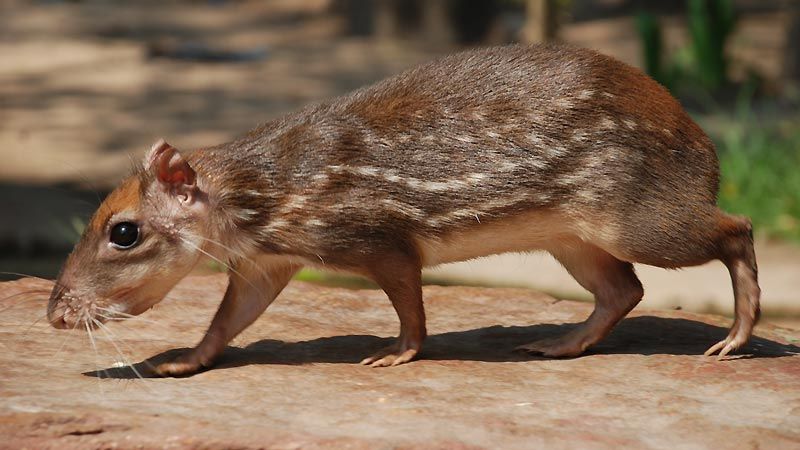
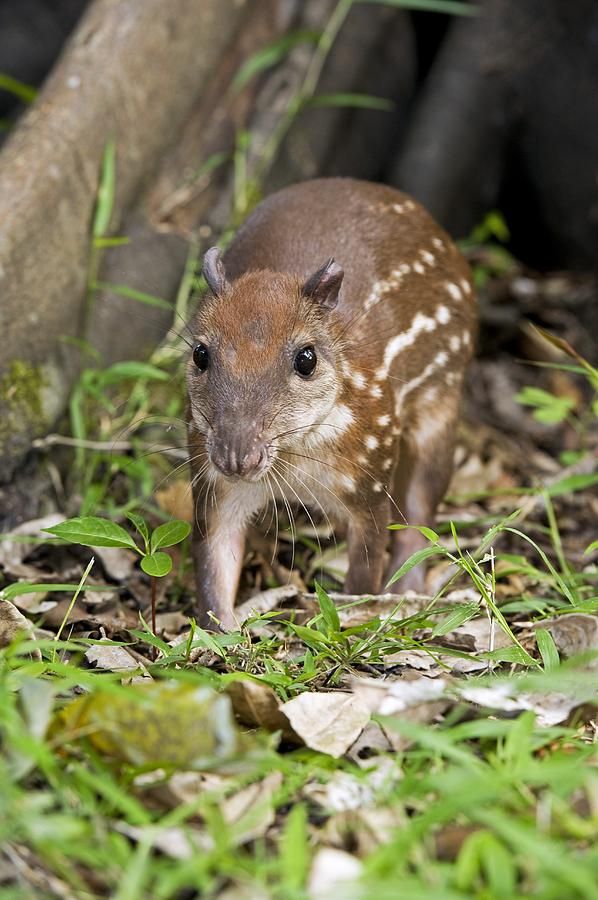

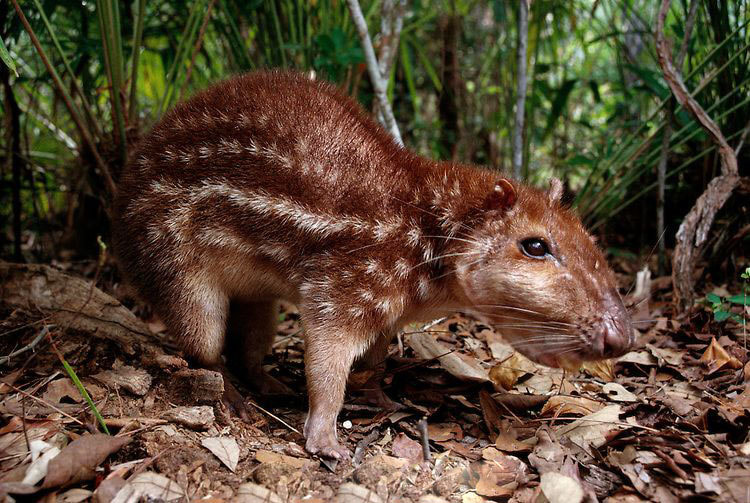
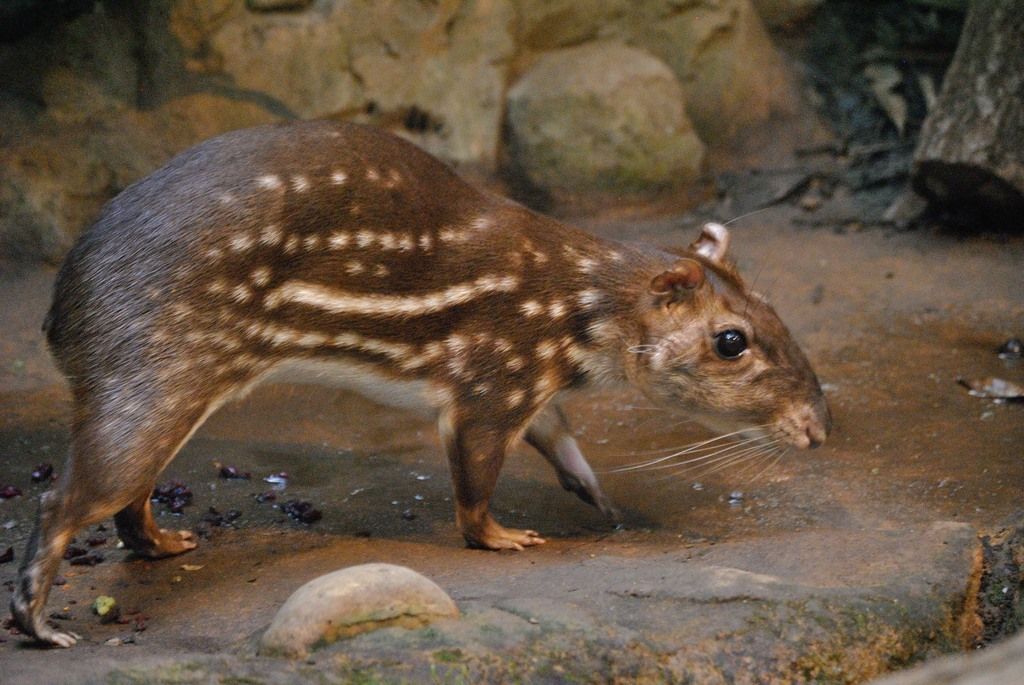
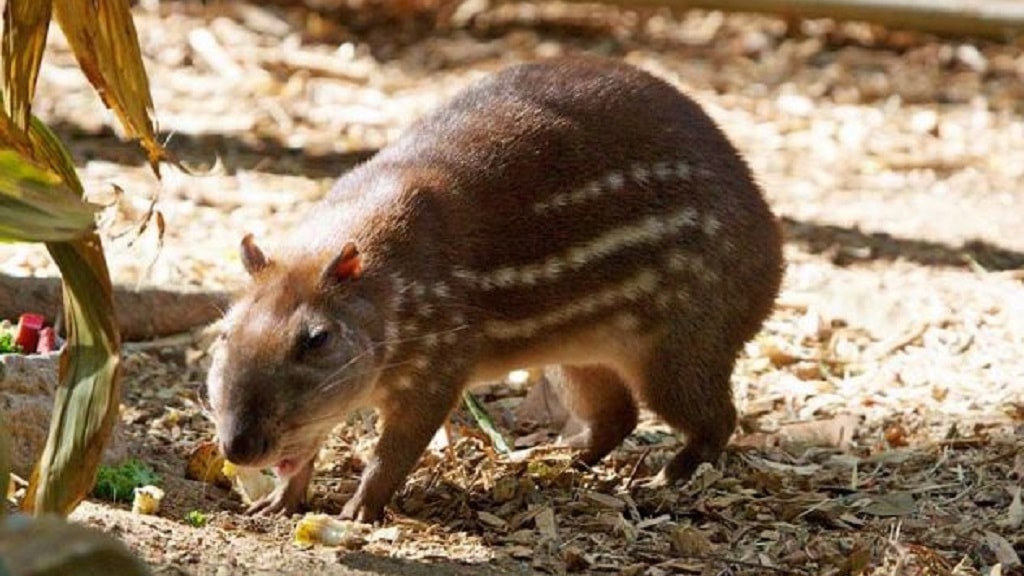
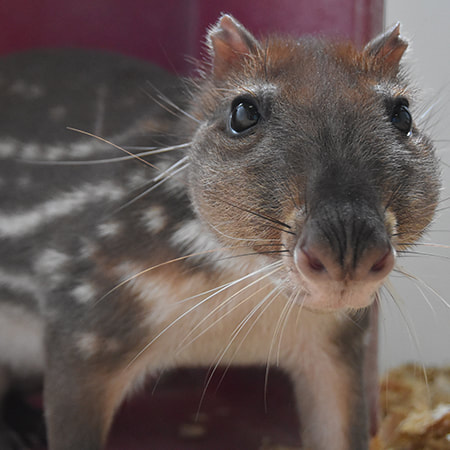
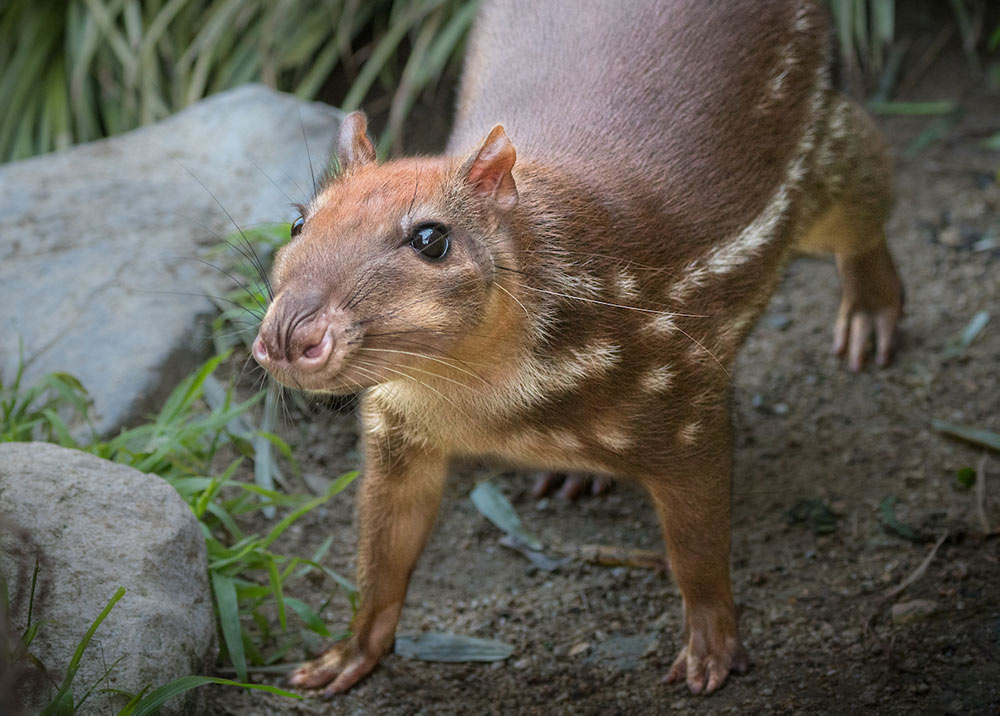
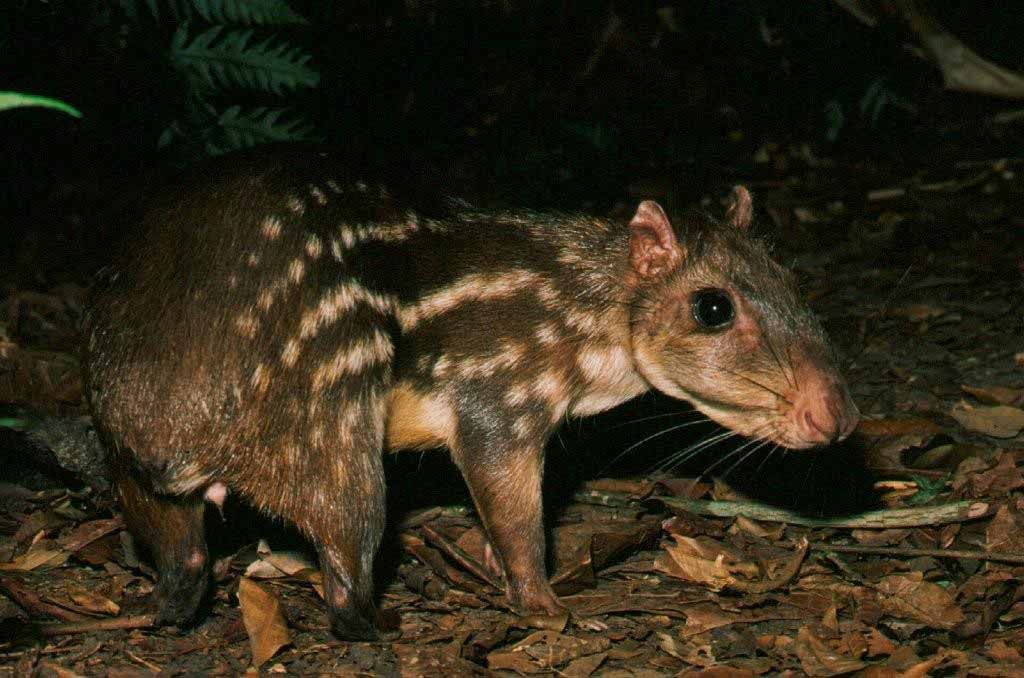
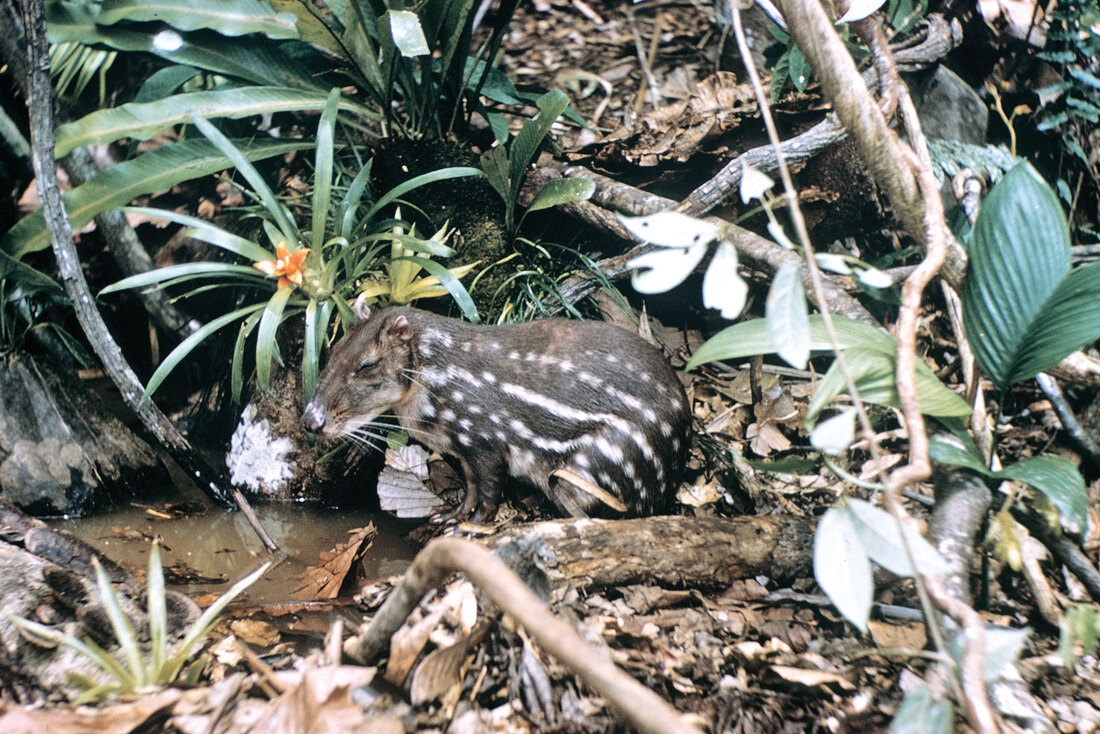
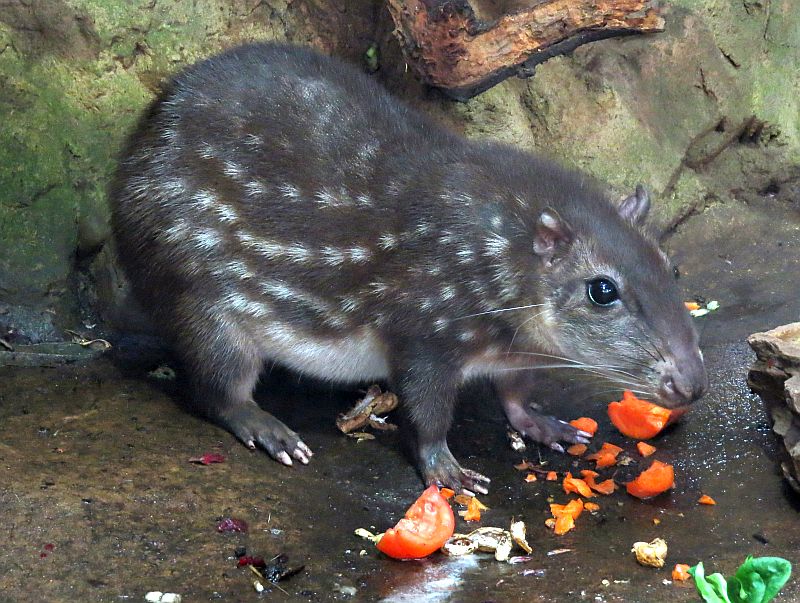
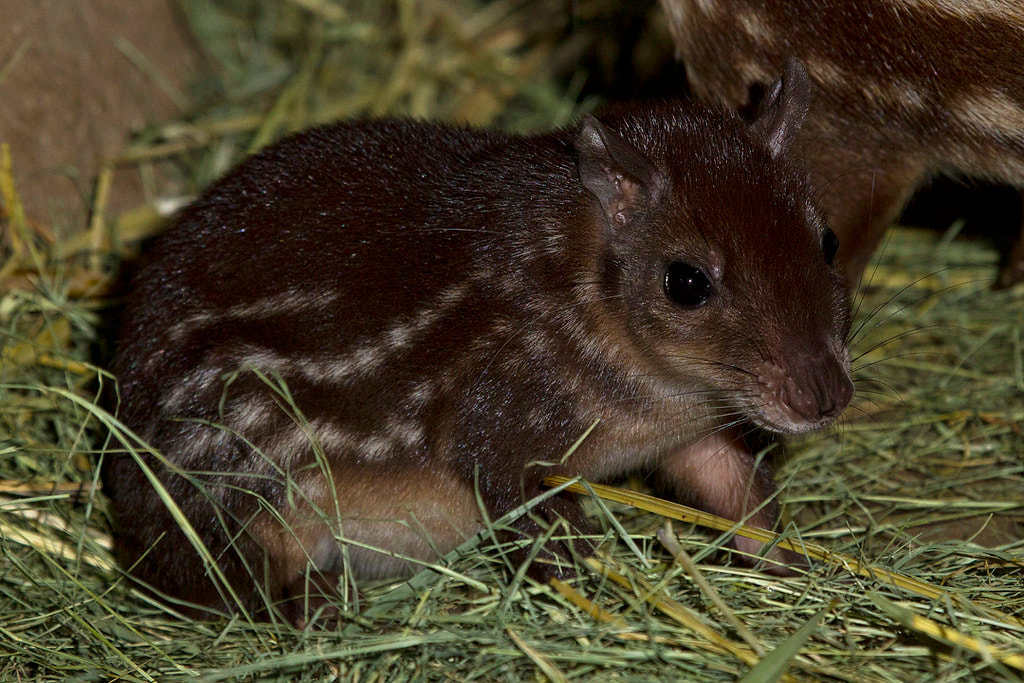

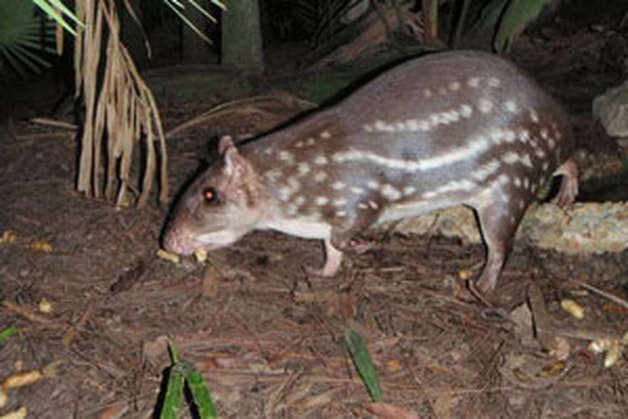

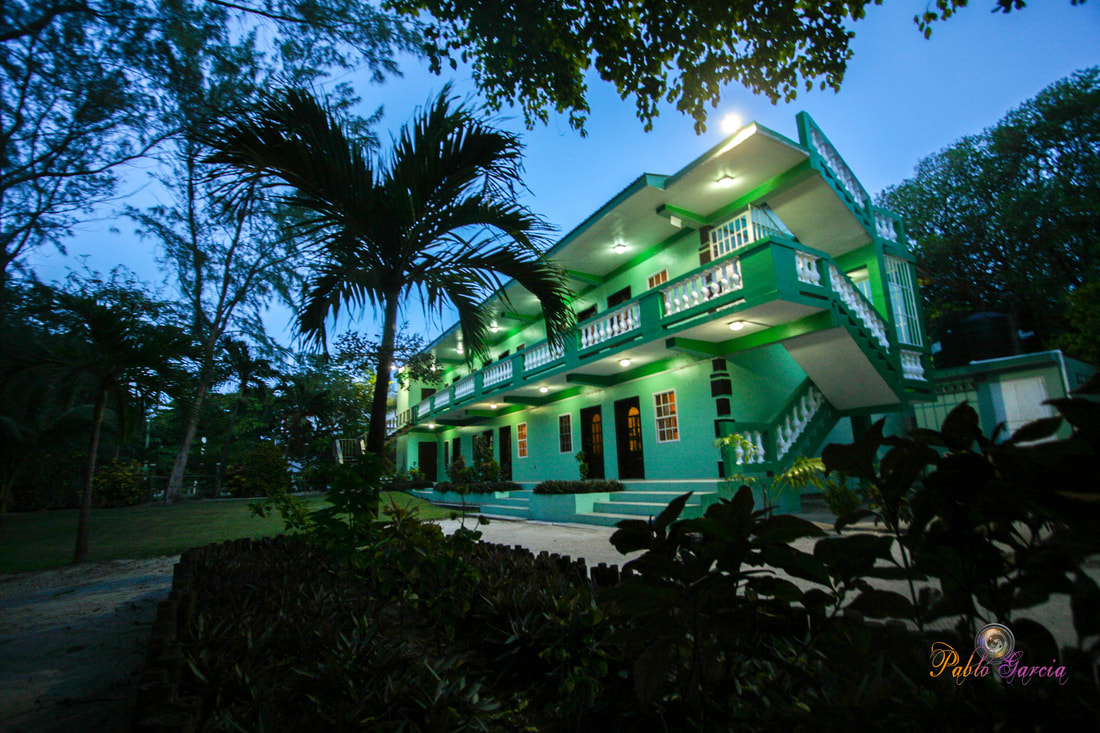
 RSS Feed
RSS Feed

